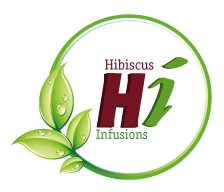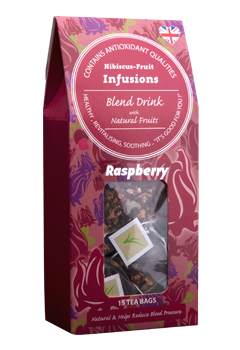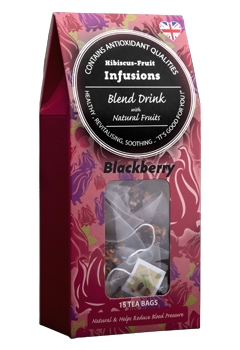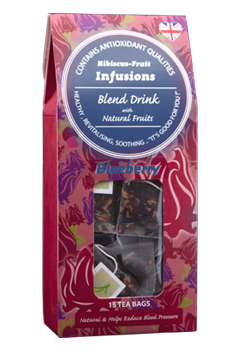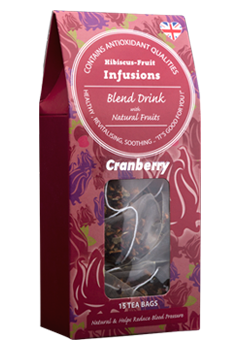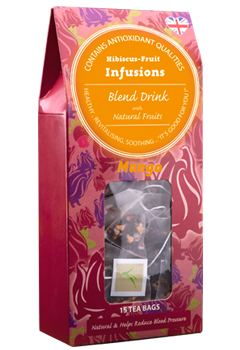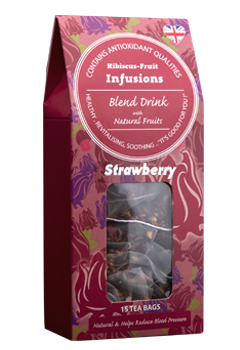Hibiscus Infusions Raspberry
Red Raspberries contain strong antioxidants such as Vitamin C, quercetin and gallic acid that fight against cancer, heart and circulatory disease and age-related decline. They are are believed to have anti-inflammatory properties.
Always use freshly drawn, cold water to prepare hibiscus infusions, and spring water tends to be best if available.
Using water that is relatively free from pollutants and other substances that can dramatically alter the infusion’s taste. Distilled water should be avoided as the lack of some minerals may leave the infusion tasting flat. Similarly, one should never use pre-heated water-as from the faucet, for instance. This kind of water has mostly likely been overheated, thereby losing oxygen content while picking up possibly harmful substances from the water pipes.
Boiling water eliminates many harmful germs and bacteria, though water quality has improved vastly, boiling in the water in this fashion can help to bring out tea's flavor. The water should be heated until a steady stream of air bubbles gently rise to the surface, as this point, reflects the water is sufficiently heated and also retains an appropriate oxygen content. By contrast, boiling water excessively or repeatedly can leave the infusion tasting dull. Temperature is critical in making a good infusion, and in this case should not be too high.
Generally, as hibiscus-infusions is a delicate infusion, it needs less time to infuse and as a guideline can be brewed in a similar way to green tea. By contracts heartier black teas and earthy, fermented teas benefit from longer infusions, though naturally the duration of the infusion varies with culture and personal preference.
It is worthy to mention that adding just a small amount of natural sugar or honey can ‘stir’ and bring out the natural flavour of the fruits within infusion
Boiling water eliminates many harmful germs and bacteria, though water quality has improved vastly, boiling in the water in this fashion can help to bring out tea's flavor. The water should be heated until a steady stream of air bubbles gently rise to the surface, as this point, reflects the water is sufficiently heated and also retains an appropriate oxygen content. By contrast, boiling water excessively or repeatedly can leave the infusion tasting dull. Temperature is critical in making a good infusion, and in this case should not be too high.
Generally, as hibiscus-infusions is a delicate infusion, it needs less time to infuse and as a guideline can be brewed in a similar way to green tea. By contracts heartier black teas and earthy, fermented teas benefit from longer infusions, though naturally the duration of the infusion varies with culture and personal preference.
It is worthy to mention that adding just a small amount of natural sugar or honey can ‘stir’ and bring out the natural flavour of the fruits within infusion
